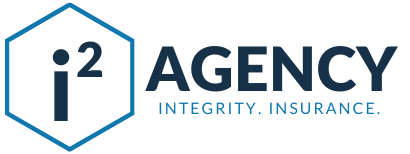
21 Aug Medicare Supplements v. Medicare Advantage Prescription Drug Plans
Medicare Supplements are Medicare Advantage Prescription Drugs vastly different. People, however, often confuse these terms and use them interchangeably. To help end the confusion between the two here is a basic primer on the differences between the two. (For purposes of this discussion, I’ll refer to Medicare Supplement Plan G which is currently the most popular and comprehensive coverage.)
The easiest way to think of the difference between Medicare Supplements and Medicare Advantage Prescription Drug Plans (MAPDs) is a supplement is a prepayment plan. MAPD plans are pay-as-you-go plans.
When a Medicare beneficiary has a Medicare supplement, also know as Medigap, Medicare pays first or is primary and pays about 80% of the costs of healthcare. The supplement plan pays the other 20% minus the annual deductible which is currently $203. These plans have set monthly premiums based on age, gender and geographic location. The beneficiary pays the premium for the plan usually monthly and the annual deductible. After that, as long as medical services rendered are covered by Original Medicare the beneficiary has no additional costs under Plan G. In effect, you are pre-paying your healthcare expenses.
The pros of a Medicare Supplement are that you have a set cost for your healthcare annually no matter what your health needs may be for that year. There are also no hospital or doctor networks to contend with. The plan travels with you and as long as a doctor takes Medicare they will take your supplement.
There are some cons, as well. First, the premiums for Medicare Supplements go up each year. The national average for annual plan premium increases are between 5%-10%. Because of the pandemic, the current increases have been closer to 10% than 5%. The other drawback is that Medicare Supplements do not cover prescription drugs so you need a separate plan and premium for that.
In my mind, Medicare Advantage Prescription Drug plans work just the opposite. We are fortunate that many plans in our area have $0 or very low premiums. When you have a MAPD plan, the advantage plan is primary is primary and pays first. There are often copays or coinsurance amounts the beneficiary needs to pay when services are rendered. I consider these secondary. These plans have to be ‘at least as good’ as what Original Medicare covers. In addition to the $0 or low premium, the ‘advantage’s of having a plan like this is that cost share versus having only Medicare A and B is usually lower. There is also an annual out-of-pocket maximum to protect the consumer from being financially decimated by any one year’s healthcare expenses.
The pros to this type of plan are numerous. Not only are the premiums less or zero, these plans normally offer dental, vision, and hearing benefits not covered by Original Medicare or Medicare supplement plans. They often cover a gym membership, many at a local YMCA, at no cost to the member. Depending on the plan type, some MAPDs offer nationwide network coverage for doctors and hospitals. Finally, these plans do include prescription drug coverage at no additional cost.
There are some drawbacks, though. These plans do use networks. You do need to make sure that the providers you use accept your plan or you will pay more for those services out-of-network or you could pay 100% of costs if your plan is not accepted. While these plans have an annual out-of-pocket maximum, it can be rather high. The federal limit is $7500 annually. However, plan maximums can be lower than this limit.
Although, this is just a basic overview, I hope this helps you distinguish the difference between Medicare Supplements and Medicare Advantage Prescription drug plans. Just think pre-pay versus pay-as-you-go.
Inevitably, the next question I get is which plan is best? I address this question here.

Sorry, the comment form is closed at this time.